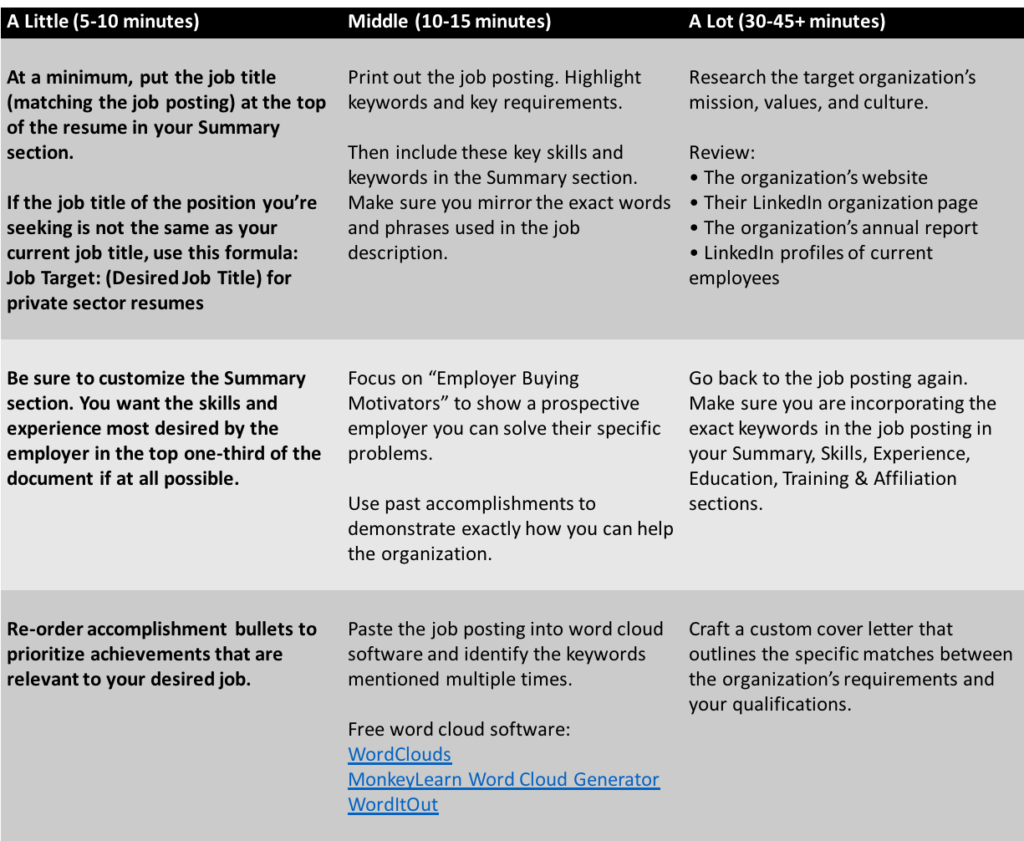You may have noticed pronouns (he/him/his, she/her/hers, they/them/theirs, ze/hir/zir) being included on social media profiles, email signatures, and in the job search process in general. Including pronouns can prevent accidental misgendering, helping you avoid having to correct a hiring manager or recruiter using incorrect pronouns. It could also help you identify an inclusive workplace. There is no one blanket rule/policy that can apply to all, and your decision to include your pronouns is a very personal one.
There are a few ways that you can clarify your pronouns within a job application process. If you want to include on your resume, you can simply add your pronouns under your name in the header (before your contact information). Another perhaps less obvious way to include your pronouns is in your cover letter, beneath your signature at the bottom of the page. You can add your pronouns in parentheses next to your name, or you can add an additional line under your name/title. Sometimes, job applications will ask you to identify your salutation of Mr./Ms./Dr./other.
If you do want to include your pronouns on your career documents, there are a couple of ways to do so.
- On the resume, add your pronouns in parentheses next to your name, or under your name. You can also choose to put your pronouns in a different color text to make them stand out.
- On your cover letter, you can include your preferred pronouns under your signature at the bottom of the page. Or you could add them in parentheses next to — or underneath — your name at the top of the cover letter.
- When sending an email to a hiring manager or recruiter, you can include your pronouns in your email signature.
- On job applications, there may be a place to select your gender and/or pronouns. If you identify as nonbinary or transgender, you can leave that question blank if there is not a suitable choice.
- On LinkedIn, you can add your pronouns to the “Last Name” field (so they appear after your name), or LinkedIn has now added a “Pronouns” drop-down to select your pronouns (or input custom pronouns).
While there can be many benefits to including your pronouns, the unfortunate truth is that there is still hiring discrimination in some quarters, so delineating your pronouns on your documents is ultimately your choice. You may have other opportunities, during the interview or after hiring, to share your preferred pronouns.

